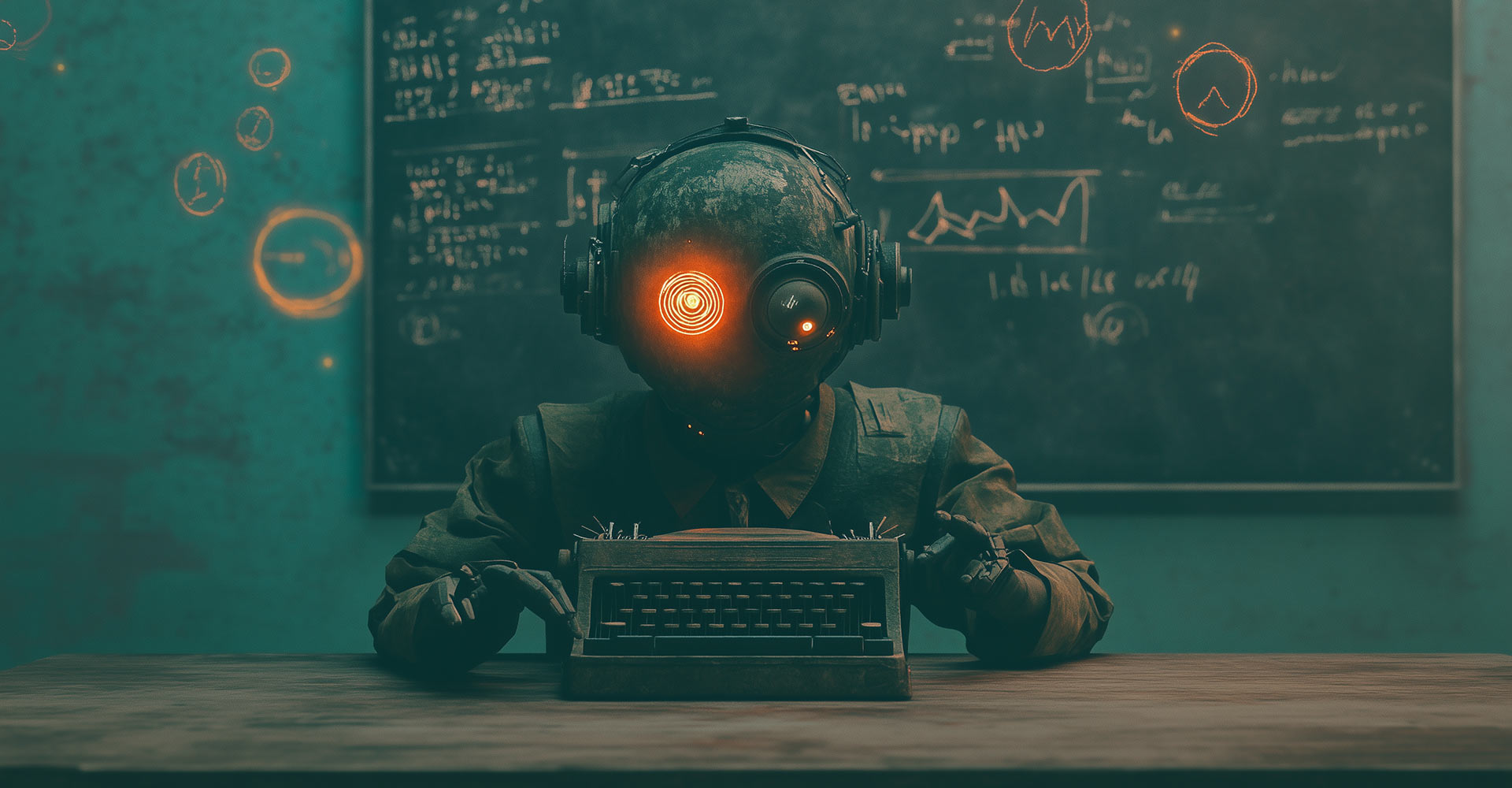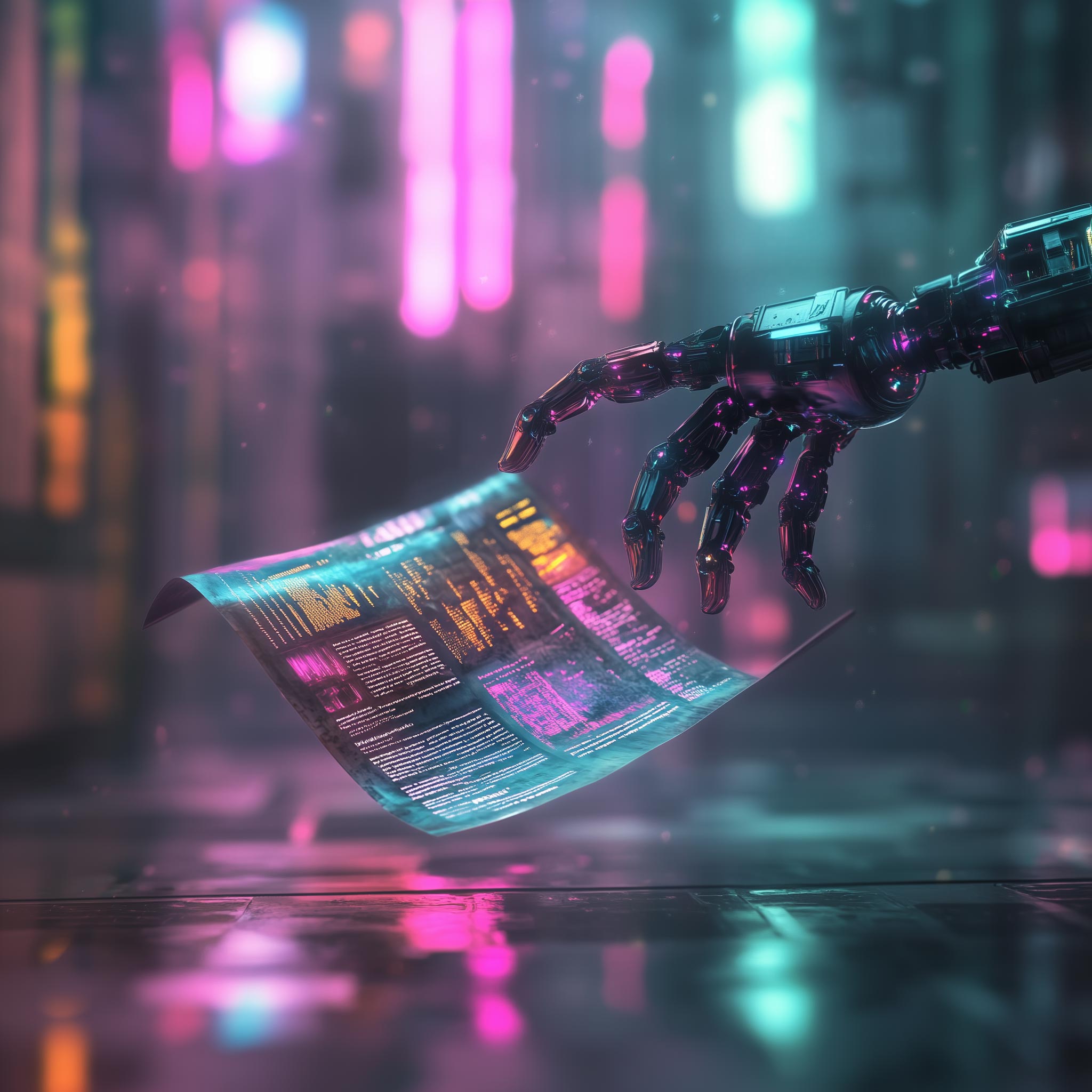Let’s be honest: when most people hear “Artificial General Intelligence,” their minds go to either Skynet or a coffee machine that can finally understand sarcasm. But underneath the Hollywood glitz and Netflix scripts lies a real-world debate that’s equal parts thrilling, perplexing, and, yes, just a little terrifying. Is AGI—an AI that can do everything a human can—just around the corner, or is it a technological mirage shimmering on the horizon of human ambition?
Well, put the popcorn down and step away from the robot apocalypse memes. This isn’t a film—this is the real philosophical and scientific arm-wrestle that pits tech titans, philosophers, computer scientists, and even the odd neuroscientist against each other in a fierce debate over what intelligence actually is—and whether we can build it.
Camp 1: “It’s Coming, Baby!”
This camp includes AI labs like OpenAI, chipmakers like NVIDIA, and futurists like Ray Kurzweil who use phrases like “exponential growth” with the same gusto others reserve for espresso. Their argument is relatively straightforward: intelligence is computation. Brains are meat machines. Computers are metal machines. If we figure out the right algorithms and scale them up with enough data and processing power, we’ll end up with AGI—an AI that can think, learn, plan, and possibly even doodle during meetings.
Their approach is very hands-on (and wallet-deep). OpenAI is banking on scale—bigger models, more data, more power. The GPT series is their proof-of-concept: throw enough parameters at the problem, and the machine starts to sound pretty clever. Meanwhile, Google DeepMind has taken a slightly more academic route—reverse-engineering human-like intelligence through reinforcement learning and neuroscience-inspired algorithms. Remember when their bot beat the world’s Go champion? That was just the warm-up.
Kurzweil, for his part, leans into his famed Law of Accelerating Returns. His prediction? AGI by 2029 and superintelligence by 2045. And he’s not alone. A growing list of researchers and investors are making similar calls, pointing to the breakneck speed of LLM development and increasing capability of AI models.
Camp 2: “Hold Your Horses, HAL”
The skeptics, though, are more grounded—sometimes literally. They argue that AGI isn’t just about scaling models; it’s about understanding consciousness, context, and the slippery stuff that makes us human. Intelligence, they say, isn’t just logic or knowledge—it’s being embedded in the world.
Philosopher John Searle famously argued that machines might simulate understanding without actually understanding anything. His Chinese Room thought experiment shows that even if a machine can respond perfectly in a language, it might still be utterly clueless about what any of it means. It’s like a parrot with a PhD.
Then there’s Hubert Dreyfus, who argued long ago that true intelligence requires embodiment. We learn not just from books but from falling over, touching hot things, and navigating messy, physical reality. AI, so far, hasn’t stubbed a toe or had an awkward chat at a dinner party. It’s missing the body, the context, and the subtle sense-making that defines human life.
Add to that the technical hurdles: data limits, power consumption, the fact that biological brains are still better at many tasks—and you’ve got a growing list of reasons why AGI might be further away (or more impossible) than the hype suggests.
The Middle Ground (Or Battlefield)
So where does that leave us? Somewhere in the tangled middle. Today’s AI can write essays, solve equations, create photorealistic images, and code better than many junior developers. But it still fails basic common-sense reasoning. It’s more like a super-powered autocomplete than a digital Einstein.
We have models that can pass the bar exam yet fail to understand a knock-knock joke. They can write convincing articles and struggle with simple logic puzzles. The gap between looking smart and being smart is wide—and getting weirder by the month.
Still, the pace of change is breathtaking. What seemed impossible in 2020 is mundane in 2025. AI can now generate passable scientific papers, legal contracts, marketing strategies, and bedtime stories. But whether that adds up to “general” intelligence or just a patchwork of very clever mimicry is still up for debate.
What Now?
AGI might be the biggest thing since the internet—or it might be the most expensive parlour trick in history. Either way, sitting on the sidelines is no longer an option. The smartest move now isn’t to argue endlessly over definitions but to plan ahead—for the social, economic, and ethical shockwaves that’ll come when machines outthink, outperform, or outlast us in the job market.
That means doubling down on safety research. That means regulating and aligning these systems before they get too clever for their own code. And it means asking serious questions about what we actually want out of this future—because building it blindly could be more dangerous than not building it at all.
Ready or not, the future’s coding itself in real-time. Just make sure you’re logged in.



